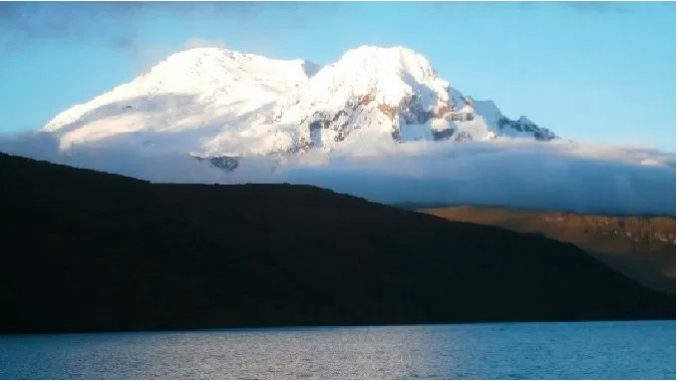
National parks, wildlife refuges and ecological reserves serve under biosecurity measures.
13 protected areas open their doors to tourist activity
In the Muisne Mangrove Wildlife Refuge; the El Morro Mangrove Wildlife Refuge; the Arenillas Ecological Reserve; the Manglares Cayapas Mataje Ecological Reserve; the Pacoche Wildlife Refuge; the Antisana Ecological Reserve; the Yacuri National Park; In the Cotacachi Cayapas National Park you can perform different activities such as: hiking, photography, sport fishing, mountaineering, observation of flora and fauna, and even cycling.
This list includes: Podocarpus National Park; the El Ángel Ecological Reserve; the Esmeraldas River Estuary Mangrove Wildlife Refuge; the Bajo Copé Marine Reserve; and the El Pelado Marine Reserve.
For the entry of visitors, compliance with biosecurity measures that includes the use of a mask, having alcohol or antibacterial gel and following the provisions of the park rangers will be required.
Previously, the Ministry of the Environment reopened nine protected areas: the Cotopaxi National Park; Galapagos National Park; Cajas National Park; Pululahua Geobotanical Reserve (Ventanillas, Moraspumbo and the Crater); Cayambe-Coca National Park (Laguna Puruhanta, Nucanchi Turupamba Wetlands complex); the Ilinizas Ecological Reserve (Quilotoa lagoon); the El Boliche National Recreation Area; Chimborazo Fauna Production Reserve (Talahua and Cruz del Arenal Yurak Uksha and Carihuairazo Cycling Route); and the Llanganates National Park (Salayambo sector).

Be the first to comment